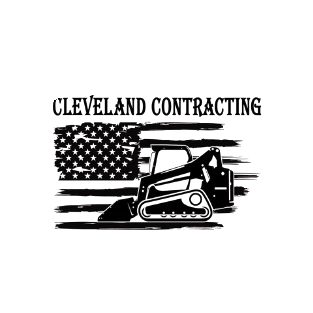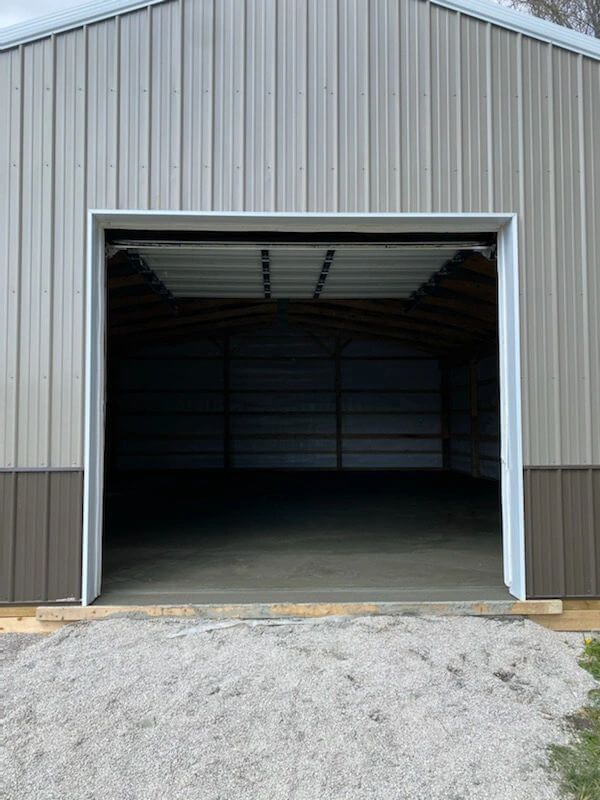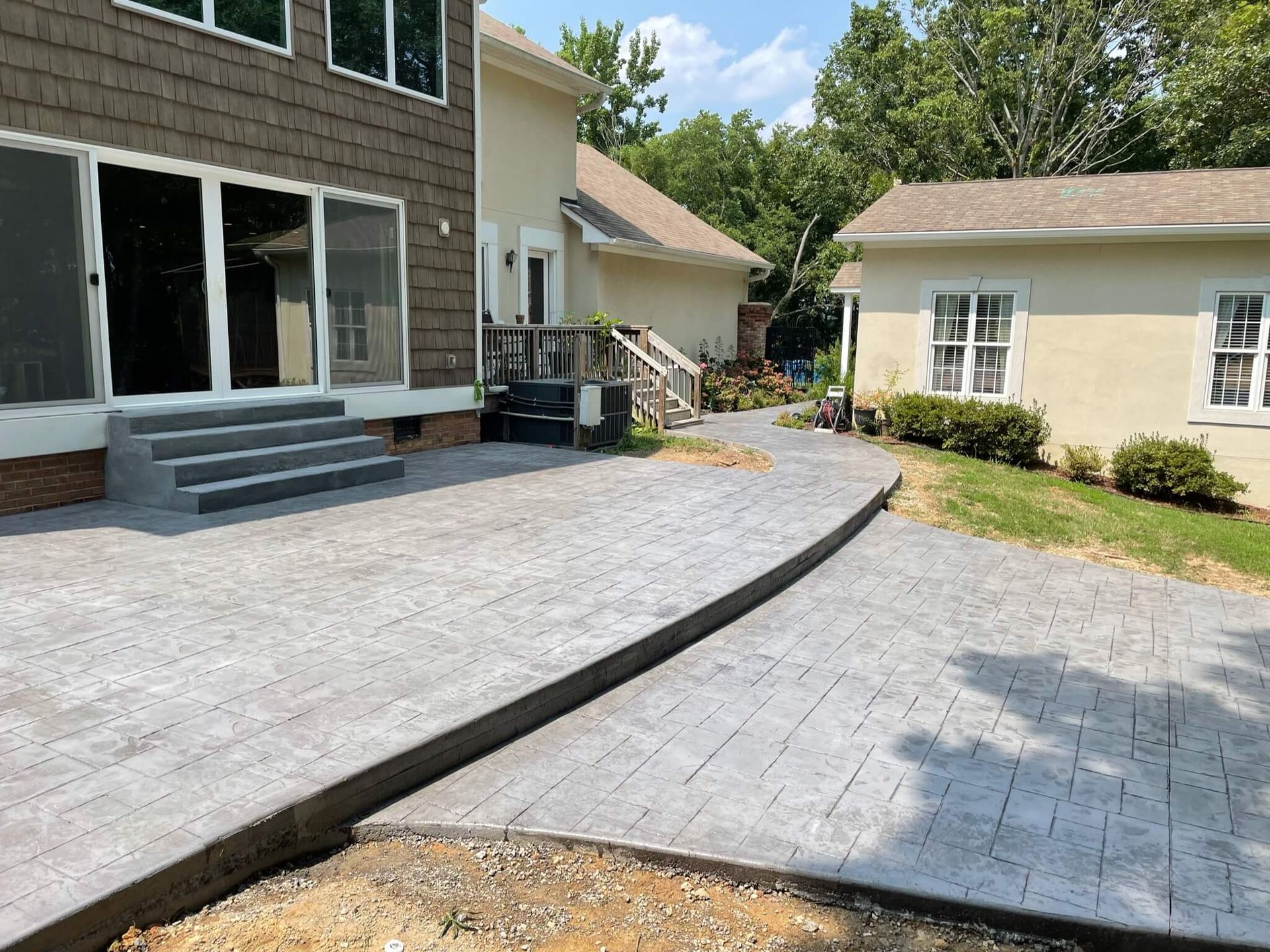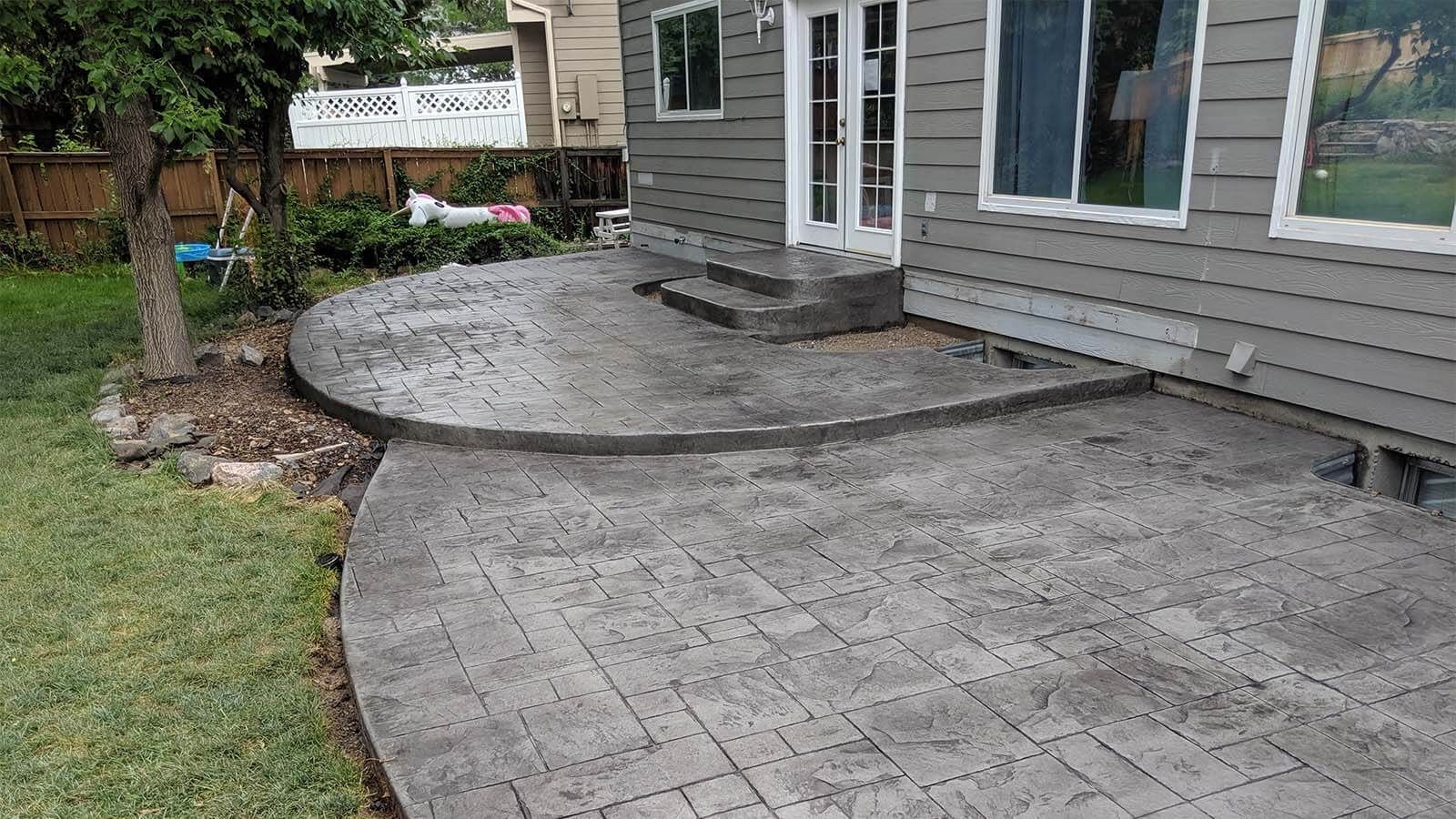How to Repair and Restore Damaged Curbs and Gutters Concrete
Related Articles...
Over time, curbs and gutters concrete can become damaged due to weather conditions, heavy traffic, erosion, and general wear and tear. Cracks, spalling, and surface deterioration are common issues that can compromise the functionality and appearance of your curbs and gutters. Fortunately, with the right approach, you can restore these structures to their former glory without needing a complete replacement.
Here's a step-by-step guide on how to repair and restore damaged concrete curbs and gutters, ensuring they remain functional, safe, and aesthetically pleasing.
1. Assess the Damage
Before beginning any repairs, thoroughly inspect the damaged area to assess the extent of the wear. Common issues with curbs and gutters include:
- Cracks: These can range from hairline cracks to larger fissures. Cracks may worsen over time, allowing water infiltration, which can lead to further deterioration.
- Spalling: When the surface layer of the concrete breaks off or flakes, it leaves a rough, uneven surface that can impact the curb’s appearance and strength.
- Erosion and Undermining: Water runoff and improper drainage can erode the soil beneath the gutters, causing them to shift or sink.
Identifying the type and severity of the damage will help determine the best repair method and materials to use.
2. Gather Materials and Tools
Once you've identified the damaged areas, gather the necessary tools and materials for the job. Common tools and materials needed for curb and gutter repairs include:
- Concrete patching compound or ready-mix concrete
- Concrete bonding adhesive
- Trowel and putty knife
- Wire brush
- Hammer and chisel (for removing loose concrete)
- Pressure washer or hose
- Sealant (for final finishing)
You may also need protective gear such as gloves, safety glasses, and dust masks to ensure safety during the repair process.
3. Prepare the Surface
Proper surface preparation is critical for ensuring that the repairs adhere to the existing concrete and provide long-lasting results. Follow these steps:
- Clean the area: Use a wire brush or pressure washer to remove dirt, debris, loose concrete, and grease from the damaged areas. Cleaning the surface ensures the patching material bonds effectively to the existing concrete.
- Remove loose or crumbling concrete: Use a hammer and chisel to remove any pieces of concrete that are loose or crumbling around cracks or spalled areas. Be sure to chip away until you reach solid concrete to create a stable base for the repairs.
- Apply bonding adhesive: Before applying any repair materials, coat the area with a concrete bonding adhesive. This will help the new concrete or patching compound stick to the old surface and prevent future cracking or separation.
4. Repair Cracks and Surface Damage
Now it's time to fill in cracks, spalled areas, and any other damage to restore the structural integrity of the concrete curbs and gutters.
- For small cracks: Use a concrete patching compound or concrete crack filler. Apply it into the crack with a putty knife, making sure to press the material deeply into the fissure. Smooth the surface with the trowel for an even finish.
- For larger cracks or spalled areas: Use ready-mix concrete or a more robust patching compound. Spread the material over the damaged area with a trowel, making sure it's level with the surrounding concrete. Smooth the surface to match the existing finish of the curb or gutter.
Allow the repair material to cure as recommended by the manufacturer, typically 24 to 48 hours. Be sure to protect the area from traffic or heavy loads while the concrete sets.
5. Address Erosion and Drainage Issues
If the damage to your curbs and gutters is caused by water erosion or improper drainage, it’s essential to fix these issues to prevent future problems. Consider these steps:
- Backfill eroded areas: Add crushed gravel or a suitable subbase material to any areas where the soil has eroded beneath the gutter. Compact the material to provide a stable foundation.
- Improve drainage: Ensure that your gutter is properly sloped to direct water flow away from the foundation and prevent water pooling. You may need to adjust the grading or install additional drainage solutions to improve water runoff.
6. Seal and Protect the Repaired Area
Once the repairs are complete, applying a concrete sealant is essential to protect the surface from future damage. Sealing the concrete provides a barrier against water, chemicals, and freeze-thaw cycles, which can cause cracking and spalling over time.
- Apply the sealant evenly across the repaired surface, following the manufacturer’s instructions. Ensure full coverage, especially in areas most prone to water exposure.
7. Regular Maintenance
To keep your concrete curbs and gutters in good condition, regular maintenance is key. Conduct routine inspections for cracks, chips, or drainage issues, and address minor damage promptly to avoid more significant repairs down the line.
- Keep the gutters clean: Clear debris and leaves that may clog your gutters and cause water to pool or erode the concrete over time.
- Monitor for drainage issues: Ensure proper water flow to prevent undermining the gutter foundation.
Conclusion
Repairing and restoring damaged concrete curbs and gutters doesn't have to be a costly or time-consuming process if handled promptly. By assessing the damage, using the right tools and materials, and taking steps to prevent further wear, you can extend the life of your curbs and gutters and enhance the appearance of your property.
For professional concrete repair services, Primed Concrete offers expert solutions to restore your curbs and gutters. Our experienced team specializes in concrete restoration and can provide you with high-quality, long-lasting results. Let Primed Concrete handle your concrete repair needs for a smooth, functional, and aesthetically pleasing result.
